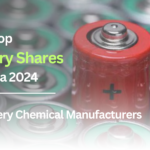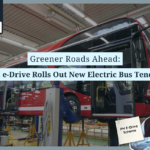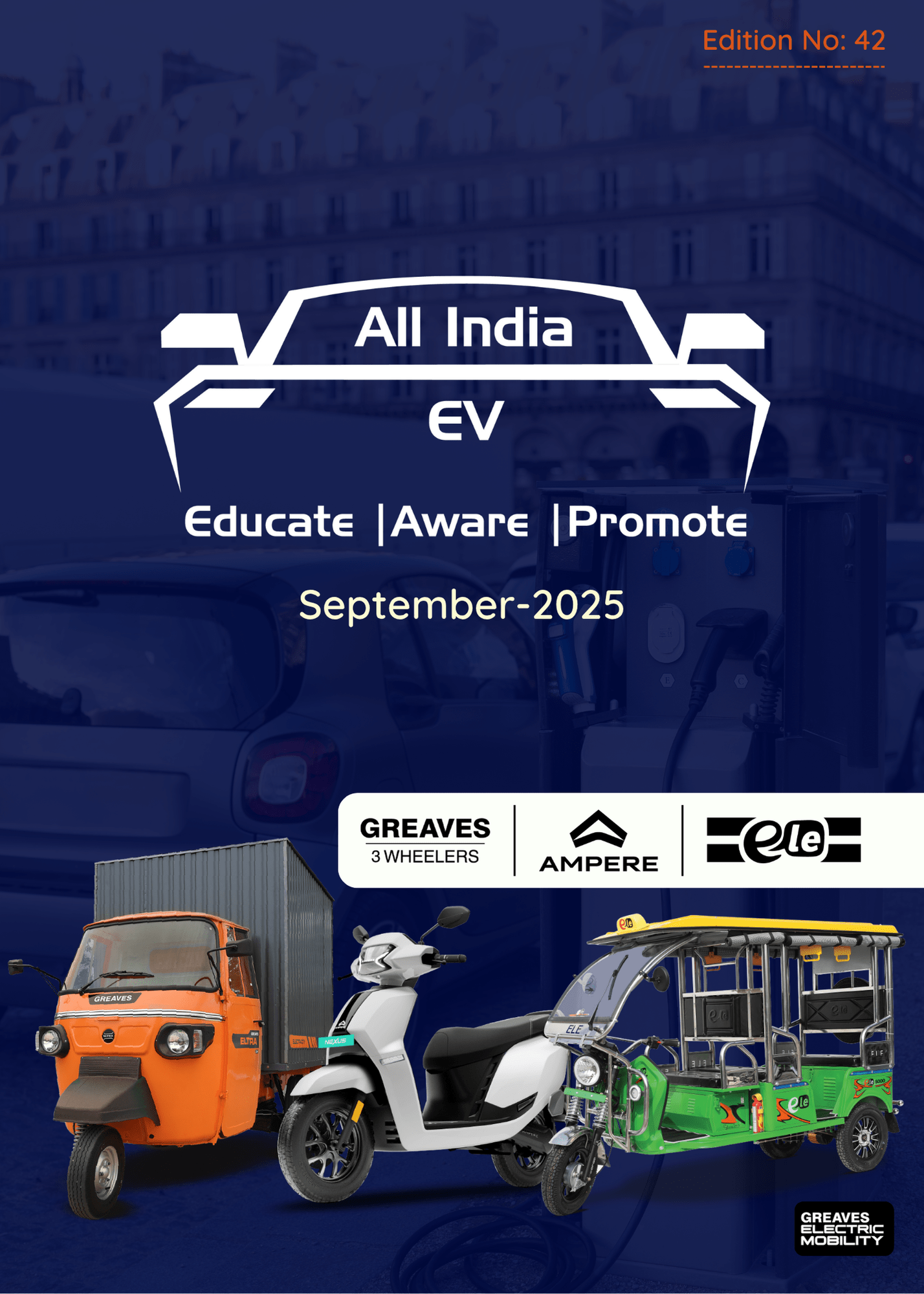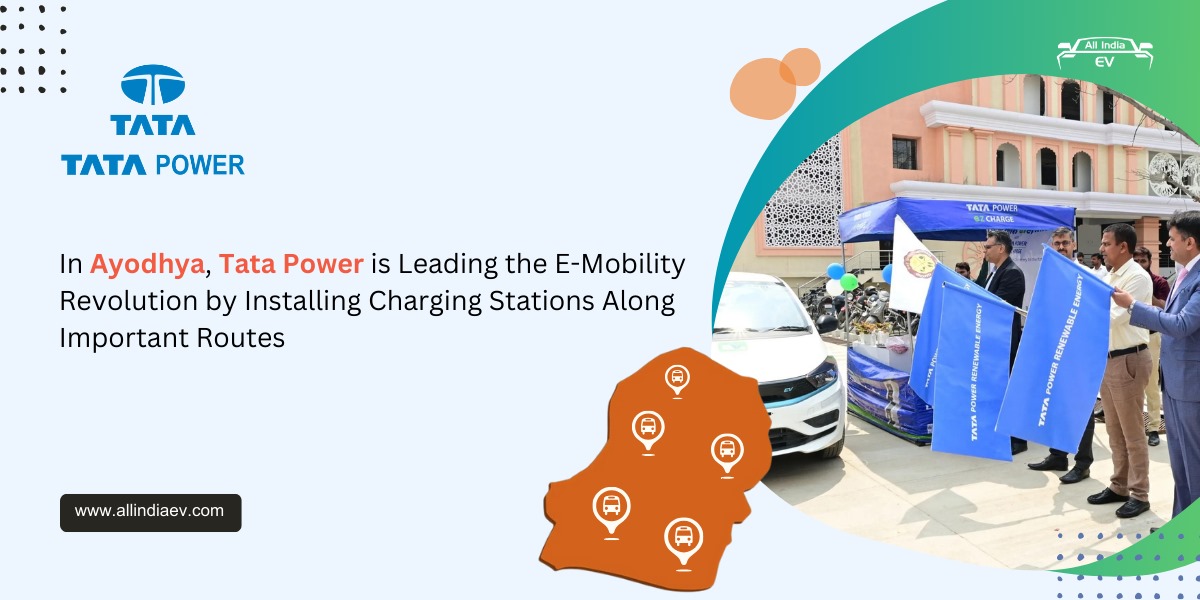
Shakti Pumps Powers EV Shift Amid Rare-Earth Crunch
After our recent feature on Chara Technologies and Torus Robotics, where we explored how these deep-tech disruptors are developing rare-earth-free motor solutions to sidestep China’s tightening grip on magnet exports, the conversation around EV self-reliance in India has only grown louder.
But while startups are laying the groundwork with innovation and agility, the question remains: can this momentum scale? Can legacy players step up to turn resilience into real, nationwide impact?
Enter Shakti EV—the electric mobility arm of Shakti Pumps, a company with over four decades of manufacturing excellence. What Chara and Torus are proving in labs and pilot programs, Shakti is already delivering at scale—with patents, production lines, and proven tech that doesn’t rely on China’s rare-earth supply chain.
In this follow-up conversation, Abhijeet Goyal, Director of Shakti EV Mobility Pvt Ltd, shares how the company is responding to the rare-earth crisis—not just with ideas, but with action. His insights reveal a path forward that blends legacy strength with future-ready vision.
Click here to read what Chara Technology and Torus Robotics have to say on this situation…
1. How serious is the threat posed by China’s refusal to export rare-earth magnets to Indian companies like Sona Comstar?
As the Director of Shakti EV, I view this restriction as more than just a temporary trade disruption—it is a strategic warning. China currently commands over 90% of the global rare-earth magnet supply, and India’s heavy reliance on these imports creates a serious bottleneck in our electric mobility ecosystem. The implications are deep: escalating costs, production halts, and slowed innovation timelines—especially in key components like traction motors.
This situation highlights a critical gap in our industrial preparedness, one that could threaten India’s goal of becoming a global EV hub. It also directly impacts our national mission to achieve 40% installed capacity from non-fossil fuel sources by 2030, a milestone that is integral to India’s energy security and climate commitments.
This is not the time to panic—it is the time to pivot. And that pivot must be toward self-reliance, sustainability, and indigenous innovation.
2. What should India’s strategic response be—from policy, investment, and R&D perspectives—both in the short and long term?
At Shakti EV, we believe India must take a layered and urgent approach:
Short Term:
- Diversify rare-earth magnet import sources
- Develop buffer stocks and emergency reserves
- Encourage recovery and recycling of rare-earth elements from used electronics and EV parts
Long Term:
- Build domestic mining and processing capabilities for rare-earth elements
- Accelerate R&D into magnet-free motor technologies, such as induction and switched reluctance motors
- Extend PLI schemes and tax incentives to companies developing rare-earth alternatives
- Foster a robust Make in India ecosystem, with a strong push for local value addition
India’s response must not only be about managing supply—it must be about seizing the opportunity to lead the world in clean energy innovation. This is where the Aatmanirbhar Bharat vision becomes not just a slogan, but a blueprint for national resilience.
3. How is Shakti EV positioned to address this gap—technologically and at scale?
At Shakti EV, we’ve made a conscious decision to be part of the solution. Backed by the 40+ year legacy of Shakti Pumps, we’ve built one of India’s most future-ready EV motor ecosystems—grounded in indigenous R&D, cutting-edge engineering, and global manufacturing standards.
We proudly hold more than 15 patents across motor design, control systems, and magnet-free technologies. Our certified induction motors require no rare-earth magnets, making them a viable and scalable alternative to current market offerings.
With an annual production capacity of 7 lakh EV motors, we are geared to meet the rising demand across India’s fast-growing E2W, E3W, and L5 electric vehicle segments. Our vision is clear: reduce dependency, increase reliability, and empower India’s EV future from the grassroots to the highways.
We are committed to building an India where world-class EVs don’t need to rely on imports or geopolitical concessions. This is the essence of Aatmanirbhar Bharat, and we are proud to lead that transformation from the front.
The Road Ahead
India’s magnet crisis isn’t just a challenge—it’s a catalyst. As companies like Chara Technologies, Torus Robotics, and now Shakti EV rise to the occasion, it’s clear that the path to EV self-reliance is already under construction.
At All India EV, we believe this is India’s electric moment. And the more local heroes we spotlight, the clearer it becomes: the future of clean mobility isn’t coming from China—it’s being built in India.










We have a ferrite motor design that also uses aluminium windings. This reduces cost considerably. Can be used on both mid mount and hub motors There is no need to allow China to use its rate earth dominance to restrict Indias plans
Depend on china on anything and you will face trouble some day.Indians cant rely on screw driver technology to make money .